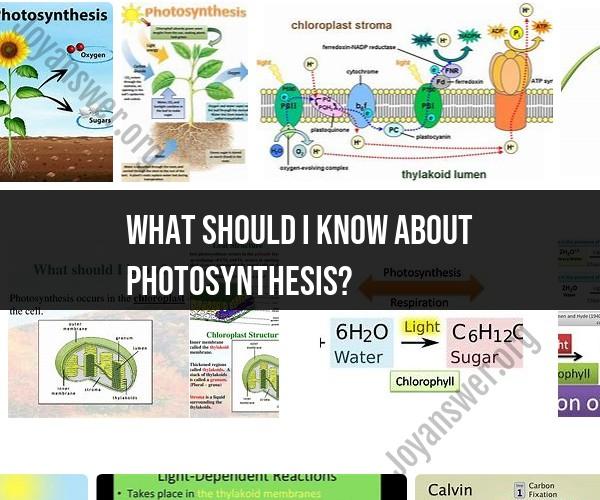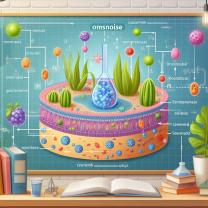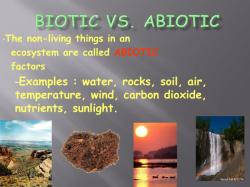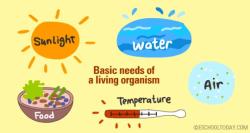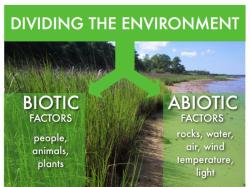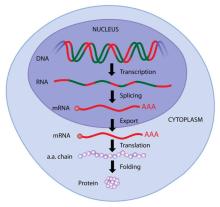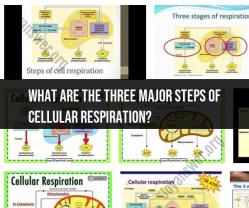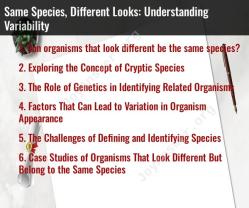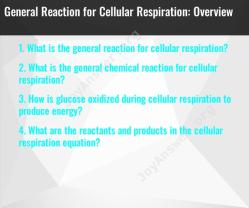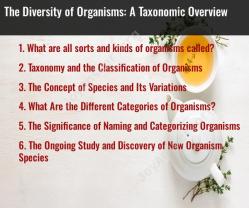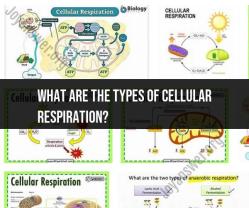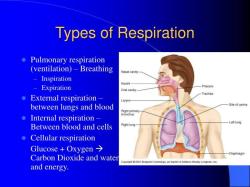What should I know about photosynthesis?
Photosynthesis is a vital process in the natural world that enables green plants, algae, and some bacteria to capture sunlight and convert it into chemical energy in the form of glucose (sugar). It plays a crucial role in sustaining life on Earth and has several key components and characteristics you should know about:
Energy Conversion: Photosynthesis is the process by which plants and other photosynthetic organisms convert light energy from the sun into chemical energy stored in glucose molecules. This energy is essential for the growth and maintenance of these organisms.
Chloroplasts: Photosynthesis occurs in specialized organelles called chloroplasts, which contain pigments, primarily chlorophyll, responsible for capturing light energy.
Light Reactions: The initial stage of photosynthesis, known as the light-dependent reactions, takes place in the thylakoid membranes of chloroplasts. During this phase, light energy is absorbed by chlorophyll, and water molecules are split, releasing oxygen and generating energy-rich molecules like ATP and NADPH.
Calvin Cycle: The second stage of photosynthesis, known as the Calvin cycle or light-independent reactions, occurs in the stroma of chloroplasts. In this phase, carbon dioxide (CO2) is fixed into organic molecules, ultimately producing glucose. ATP and NADPH, generated in the light reactions, provide the energy and reducing power needed for this process.
Oxygen Production: One of the byproducts of photosynthesis is oxygen (O2), which is released into the atmosphere. This oxygen is vital for respiration in many organisms, including humans.
Carbon Fixation: Photosynthesis removes carbon dioxide from the atmosphere and incorporates it into organic compounds. This process helps regulate Earth's carbon cycle and mitigates the buildup of CO2, a greenhouse gas linked to climate change.
Energy Storage: Glucose and other carbohydrates produced during photosynthesis serve as an energy storehouse for plants. These energy-rich molecules can be used for growth, reproduction, and cellular respiration.
Primary Producers: Photosynthetic organisms, often referred to as primary producers, form the foundation of terrestrial and aquatic food chains. They provide energy and organic matter that sustains herbivores and, subsequently, carnivores in ecosystems.
Environmental Factors: The rate of photosynthesis can be influenced by various environmental factors, including light intensity, temperature, water availability, and carbon dioxide concentration. These factors can impact plant growth and crop productivity.
Photosynthesis and Human Impact: Human activities, such as deforestation, pollution, and the burning of fossil fuels, can disrupt natural photosynthetic processes and contribute to environmental problems, including habitat loss and climate change.
Importance of Biodiversity: Biodiversity among photosynthetic organisms is crucial for ecosystem stability and resilience. Different species of plants and algae have varying adaptations that allow them to thrive in diverse environments.
Symbiotic Relationships: Some organisms, such as lichen (a combination of fungi and photosynthetic algae or cyanobacteria), engage in symbiotic relationships where photosynthesis benefits both partners.
In summary, photosynthesis is a fundamental biological process that sustains life on Earth by converting sunlight into energy and producing oxygen. Understanding photosynthesis is essential for comprehending ecological relationships, food webs, and the global carbon cycle, as well as for addressing environmental and agricultural challenges.
Photosynthesis Essentials: What Every Learner Should Understand
Photosynthesis is the process by which plants use sunlight, water, and carbon dioxide to create oxygen and energy in the form of sugar. It is essential for life on Earth, as it provides the oxygen that we breathe and the food that we eat.
Here are some essential concepts about photosynthesis that every learner should understand:
- Photosynthesis takes place in chloroplasts, which are organelles found in plant cells.
- Chloroplasts contain chlorophyll, a green pigment that absorbs sunlight energy.
- Photosynthesis is divided into two stages: the light reactions and the Calvin cycle.
- In the light reactions, sunlight energy is used to split water molecules into hydrogen and oxygen. The hydrogen is used to produce NADPH, a molecule that stores energy. The oxygen is released into the atmosphere.
- In the Calvin cycle, carbon dioxide is used to produce sugar molecules using the energy from NADPH.
The importance of photosynthesis:
- Photosynthesis provides the oxygen that we breathe.
- Photosynthesis produces the food that we eat.
- Photosynthesis helps to regulate the Earth's climate.
- Photosynthesis is essential for the production of biofuels.
Photosynthesis: The Basics and Beyond
If you want to learn more about photosynthesis, here are some additional concepts to explore:
- The different types of photosynthesis.
- The factors that affect the rate of photosynthesis.
- The role of photosynthesis in the carbon cycle.
- The applications of photosynthesis in biotechnology.
The ABCs of Photosynthesis: Key Concepts Unveiled
Here is a simplified version of the key concepts of photosynthesis:
A is for absorption. Chlorophyll absorbs sunlight energy.
B is for breakdown. In the light reactions, water molecules are broken down into hydrogen and oxygen.
C is for Calvin cycle. In the Calvin cycle, carbon dioxide is used to produce sugar molecules.
Photosynthesis is a complex process, but it is essential for life on Earth. By understanding the basics of photosynthesis, we can better appreciate its importance and its role in the world around us.
